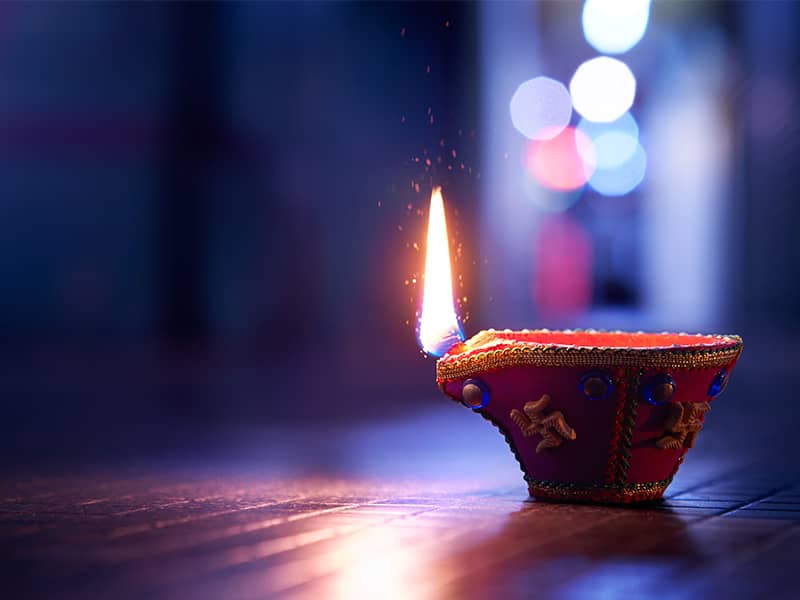Among the various meetings he had with religious leaders was a Hindu Shankaracharya in India. Since there are only 4 of them in the world you can imagine that this is a rather auspicious and influential position. During Bishop Swing’s audience with the swami he offered his proposal via an interpreter. The immediate reaction was a hale and hardy laugh. The good bishop assumed that was meant to indicate, “What? You kiddin’ me? Why would we want to do that?” Rather embarrassed, Dr. Swing attempted to excuse himself gracefully until it was explained to him that the Shankaracharya’s response was quite misunderstood. It just struck him so funny that people wouldn’t want to embrace such a noble effort. So it was more like, “What? You had to ask? Duh!”
While interfaith activity is common place now, most of us remember when it wasn’t. For most of its history Hindu India (and now the Hindu world) was and is a beacon of tolerance, appreciation and acceptance. The Rig Veda, the oldest of all Hindu scriptures commissions us to understand that, “Ekam sat vipra bahudra vandanti. “ Truth is One but the wise call it by many names. While it would be simplistic to translate that to mean that all religions are exactly alike or that anything a scripture says must be God given, it does leave the door open very wide for various theological beliefs to be held without the threat of adhering to a faith that the Divine does not recognize.
Over the centuries India has made itself a hospitable home for many who faced persecution. The list includes Jews, Zoroastrians, Baha’is, Tibetan Buddhists, and even minority Muslims who follow certain strains considered heretical by orthodox Muslims. According to some modern scholars, Christians from Persia escaping harassment in the 4th century were most likely the very 1st followers of Jesus to be welcomed there. The story of the martyrdom of St. Thomas in India is now highly suspect.
This legacy of peaceful coexistence is not without its exceptions. Even competing sects have clashed. But compared to many other societies it is an impressive reputation in that regard. Again, there have been cases that belie its record. And Hindus have not always treated their own perfectly. But that is a subject for another time. Having such a rich history of pluralism it is tragic that there are serious tensions among Hindus, Muslims and Christians in certain areas. But it’s important to note that the reasons for this are clearly socio-political, not theological. When one reads of instances of communal violence directed at Muslim or Christian communities the question must be asked, why those groups but not others? The answer is a complicated one. It has to do with a rather torturous history of Moghul rule, an unfortunate partition and over zealous missionaries who often use methods of conversion that many find unethical.
I am not defending the violence perpetrated by Hindus upon anyone. It is the wrong reaction, clearly. But it’s important to remember that any tensions that exist are not there because of some wayward attempt to convert non-Hindus into the fold.
Like the noble swami who embraced interfaith dialogue and cooperation with a hearty laugh, I encourage Hindus in every community to seek out opportunities in the interfaith arena. Currently there is in many organizations a bias towards inclusion of the Abrahamic religions at the exclusion of others. But it is amazing what can happen by just showing up.
Fred Stella is the Pracharak (Outreach Minister) of the West Michigan Hindu Temple. He has lectured extensively throughout the United States and India on Hindu Dharma. Fred is President of Interfaith Dialogue Association.

